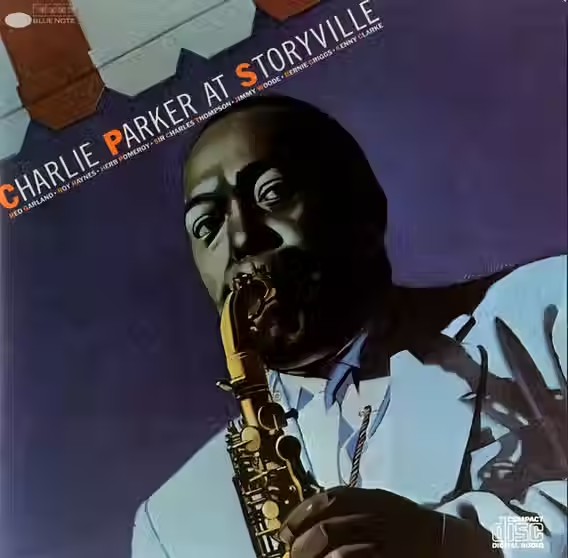Excerpt from essay on Children of the Stones
- Colin Fleming

- Nov 10, 2022
- 4 min read
Thursday 11/10/22
If you were to ask me what group of people on this earth I had the most respect for as thinkers, I might answer by saying children. I can’t think of who else it might be. I’m someone who believes that we make a choice not to be intelligent, or it’s as though we did. Humans are born, for the most part, with the same mental capabilities, from creature to creature, the way other animals are. If you’re a raccoon, you might be a bit cleverer than the other raccoons in the forest where you live, but probably not that much. After all, you’re a raccoon. I’m leaving brilliance and genius out of the equation. Those are different. But in my view, and in my experience, humans are a lot like raccoons, only minus the visible mask, with only a very few being better at getting in the neighbors’ trash than others, metaphorically speaking.
Kids are so smart because they don’t do can’t, as I put it. They do “why?” and “why not?” The world is new to them and all is possible, or at least a lot, and as a result, they are free thinkers. They have a boundless curiosity, and a big part of being a kid is waking up each day and trying to satiate the curiosity. That means exploring. Physically exploring, and mentally exploring. Asking mom and dad a lot of questions.
With an open mind, a child is enthralled by story. A child loves nothing more than a great tale. The child thinks less about appearances than an adult, and doesn’t stand on ceremony very often. If a child has a statement the child thinks is worth making—or a question worth asking—the child speaks. The child lives in dialogue with adults, other children, the world, and themselves. They don’t fall back on clichés, repeating ideas they’ve never challenged for the past four decades, suspect though they may be.
Learn to listen to a child, and understand the child’s example, and you can become a much smarter adult.
All children are this way, but very few adults are. Somewhere along the line, a change occurs. There are people who look at any child and they think they’re just so adorable. A lot of them look alike, if we’re being honest. I’m not this way, but I’ve found that I am now someone who catches himself smiling when I see a child engrossed in the business of being a child, and engaging with the world in a manner that is healthy, productive, and alive.
I believe what I’m smiling at, and what those others enjoy seeing, isn’t mere formness—that idea that here is a tiny human, isn’t it cute. Children are actually rather grubby. It’s because of the ideas I’ve been discussing, which we see all but dancing in front of us. A living, leaping, perhaps shouting example of the part of a mindset that makes for a healthy life, and a whole person.
One must carry the best parts of being a child forward into adulthood. They have to be present and available for duty at twenty-five, and forty-seven, and ninety-two if we are to be complete. Capable of daily growth. Open to the wonder we might so otherwise easily miss. The wonder we do miss all the time.
The child is also usually a better person, at least until reaching the stage where children turn on each other in grave ways. Little is more sadistic in the world than a bully. But children aren’t racists, they’re not sexist save in the manner of boys vs. girls on the playground—and that’s fun. They care if someone is hurt and don’t want them to hurt more. Sure, they might lie, but they feel bad after when a parent rebukes them for the lie. They feel bad because they did wrong, and they let someone down. And they let themselves down, too.
Adults are often a lot like lifeforms looking out from inside of calluses. Years and years of dead skin hardens. That skin obscures vision. The world is observed and experienced through dead layers. Those layers are meant to protect, to keep pain away, but there’s always at least the semblance of a nerve, and enough hurt gets through.
The hurt isn’t transformed into anything that can fuel growth. It’s resented because it penetrated the defenses, as hurt always does, and that wasn’t supposed to happen. A person repeats themselves. Expresses the same ideas. Another layer of the dead skin. Speaks in the same phrases. They fall back on what they think they know, rather than bound towards what they might know.
Sometimes, it takes a child—or a child’s wisdom—to say, “come, follow me,” and let ourselves be led somewhere new, where all the old, dead skin is gone, and we are face to face, and heart to heart, with the world.
In the British winter of 1977, a television series aired that has since been hailed as one of the smartest—if not the smartest—program ever made for children. We could also say that it’s one of the smartest television programs ever made for adults, but adults were not the primary intended audience. The show was Children of the Stones, with seven episodes that went out between January 10 and February 21, and it is one of our finest works of horror ever created. It is also entirely appropriate—and worthy of—those smart, curious, open thinkers for whom it was intended, who just happened to have bedtimes.




Comments